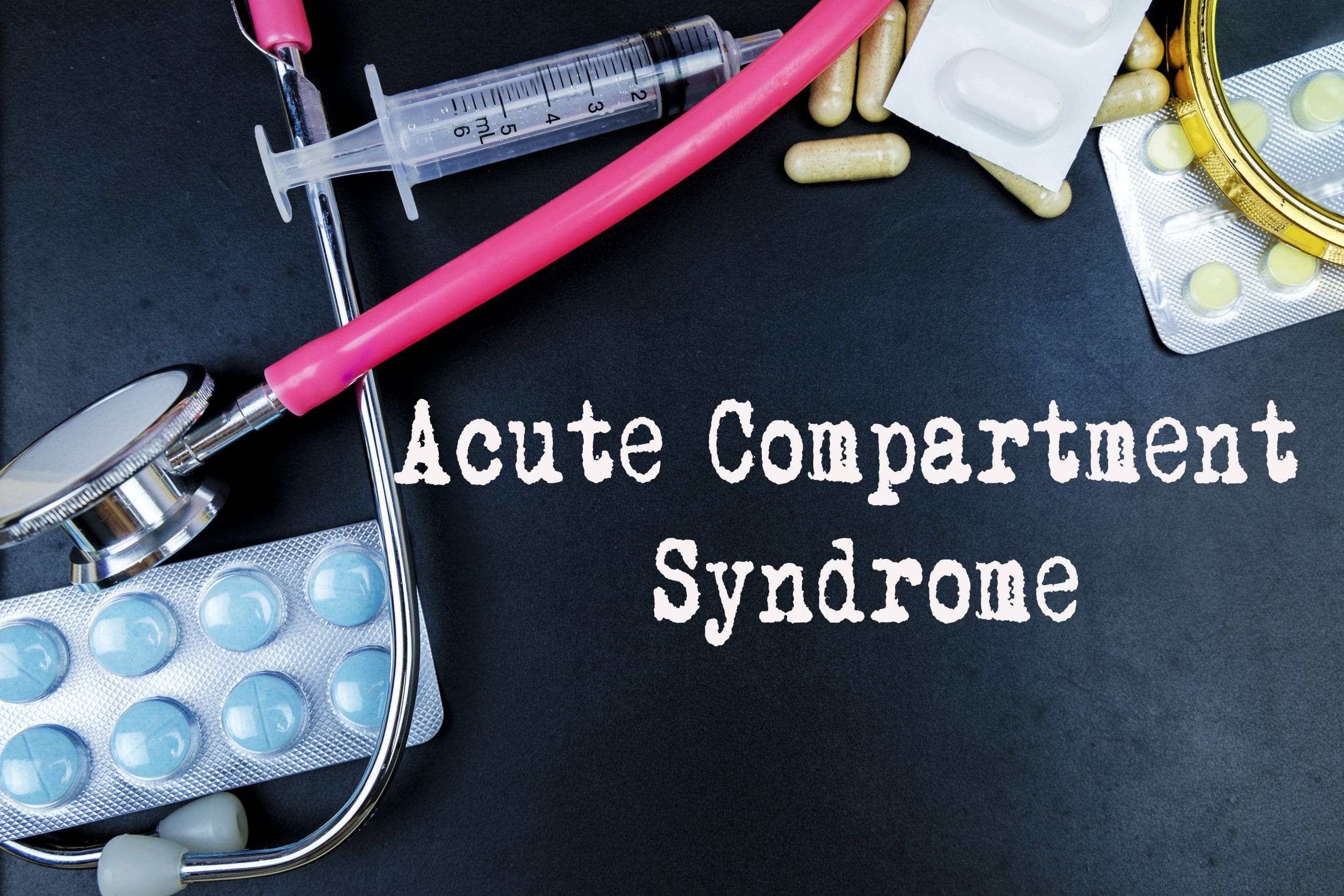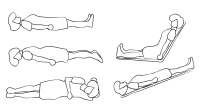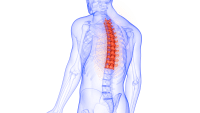Quick action prevents serious harm.
Takeaways:
- Acute compartment syndrome (ACS) is a surgical emergency that requires early identification to avoid permanent disability of the affected extremity.
- ACS is a clinical diagnosis. When assessing for it, use the 5 Ps: disproportionate pain, paresthesia, paralysis, pallor, and pulselessness.
Brian Wick*, age 33, is admitted to the orthopedic medical-surgical unit for observation and pain management after an ATV accident. His right forearm was pinned under the vehicle, and he required assistance from a passerby to free it. An X-ray of the forearm in the emergency department shows a distal radius fracture, which is splinted by an orthopedic surgical resident. Outpatient open reduction and internal fixation of the fracture is recommended, but Mr. Wick is admitted due to uncontrolled pain.
History and assessment
Throughout the day, Mr. Wick receives oxycodone 5 mg and acetaminophen 325 mg every 4 hours as needed for pain as well as I.V. morphine sulfate 1 mg every 2 hours as needed for breakthrough pain. Neurovascular assessments of Mr. Wick’s right upper extremity every 4 hours remain unchanged with a radial pulse rated 3/4, capillary refill time of 3 seconds, full sensation and finger range of motion, and warm, pink skin.
At shift change, you hear Mr. Wick calling out for pain medication. You determine that he’s due for I.V. morphine sulfate 1 mg. Mr. Wick reports 10/10 burning pain and pressure in the right forearm. He also reports a pins-and-needles sensation and difficulty moving his fingers. You’re unable to palpate a radial pulse and note that his skin is pale. His vital signs are temperature 98.4° F (36.9° C), heart rate 124 beats per minute, respiratory rate 22 breaths per minute, blood pressure 154/86 mmHg, and oxygen saturation 95% on room air.
Taking action
You immediately identify that Mr. Wick is likely experiencing acute compartment syndrome (ACS), an orthopedic emergency. You remove the circumferential wrap holding the splint and page the orthopedic surgeon. You do not elevate the extremity. While waiting for her arrival, you administer the I.V. morphine sulfate and ask the charge nurse to bring a Doppler ultrasound to the bedside. The orthopedic surgeon confirms your assessment and hears a faint, weak radial pulse via Doppler ultrasound. She calls the operating room and plans for an emergency fasciotomy.
Outcome
The fasciotomy restores arterial flow. The wounds are left open for 4 days to allow the swelling to resolve. Mr. Wick is then taken back to the operating room for wound irrigation and closure, as well as open reduction and internal fixation of the radius fracture. He’s discharged the next day and will require outpatient physical and occupational therapy with close orthopedic surgery follow-up.
Education and follow up
ACS develops as a result of increased pressure within an anatomic compartment, which can lead to decreased or absent blood flow to muscle and nerve cells. It’s most common after traumatic injury to an extremity, although it also can occur after surgery. Chronic compartment syndrome, which occurs with exercise and resolves with rest, is not a surgical emergency.
ACS is a clinical diagnosis. When assessing for it, use the 5 Ps: disproportionate pain, paresthesia, paralysis, pallor, and pulselessness. Paralysis frequently is a late finding. Early identification, rapid response team activation, and surgical intervention are critical to prevent permanent disability of the affected extremity. AN
*Name is fictitious.
Aaron M. Sebach is associate professor and chair of the doctor of nursing practice program at Wilmington University in New Castle, Delaware, and a hospitalist nurse practitioner at TidalHealth Peninsula Regional in Salisbury, Maryland.
References
Schreiber ML. Neurovascular assessment: An essential nursing focus. Medsurg Nurs. 2016;25(1):55-7.
Stracciolini A, Hammerberg EM. Acute compartment syndrome of the extremities. UpToDate. July 9, 2019. uptodate.com/contents/acute-compartment-syndrome-of-the-extremities
Weingart G, Kumar S. Acute compartment syndrome. Emerg Med. 2017;49(3):106-15. doi:10.12788/emed.2017.0014


















